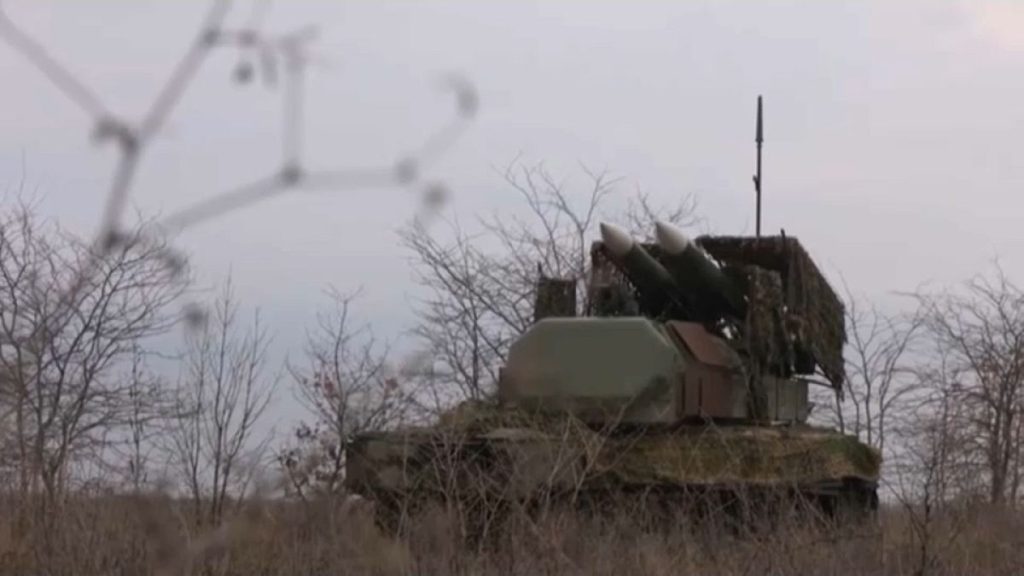The ongoing conflict between Russia and Ukraine continues to escalate, with both sides engaging in targeted attacks. Recent reports indicate a surge in offensive actions by Ukrainian forces, coupled with retaliatory strikes from Russia. A key development is Ukraine’s claimed precision strike on a Russian command post in Maryino, located in the Kursk region of Russia. Ukrainian authorities assert that this attack, and others like it, are designed to disrupt Russia’s capacity to launch attacks against Ukrainian civilians. While Ukraine emphasizes its efforts to minimize civilian casualties in such operations, independent verification of these claims remains challenging amidst the fog of war. Furthermore, Ukraine reports successful downing of two Russian helicopters and damage to a third through the use of sea drones, a tactic highlighting the evolving nature of the conflict.
Simultaneously, Russia has intensified its missile and drone attacks across various Ukrainian regions. A ballistic missile strike on the outskirts of Chernihiv resulted in casualties, with reports indicating at least one fatality and several injuries. This attack followed an earlier warning from Ukrainian air defense systems, underscoring the ongoing threat of aerial bombardment. Further attacks were reported in the Kherson, Donetsk, and Zaporizhzhia regions, impacting both civilian and military targets. The use of Iranian-designed Shahed drones in these attacks reinforces concerns about the expanding arsenal employed by Russia in the conflict.
The exchange of fire between the two nations continues to inflict damage and casualties on both sides. While Ukraine focuses on disrupting Russian command and control capabilities, Russia persists in its barrage of missile and drone strikes. The Kharkiv region, another frequent target, experienced damage to infrastructure though, fortunately, no civilian injuries were reported in this instance. The continued use of drones, including the Shahed drones supplied by Iran, adds a layer of complexity to the conflict, raising concerns about the potential for further escalation.
The escalating conflict underlines the precarious situation in the region and the urgent need for de-escalation. Ukraine’s targeting of Russian command infrastructure indicates a strategic shift towards disrupting Russia’s operational capacity. This approach, while potentially effective in limiting Russian attacks, also carries the risk of further escalation. Russia’s persistent use of missiles and drones, including those supplied by Iran, poses a significant threat to Ukrainian civilians and infrastructure. The resulting casualties and damage further underscore the humanitarian crisis unfolding in the region.
The dynamic of attack and counter-attack underscores the difficulty in achieving a peaceful resolution. Ukraine’s strategic focus on disrupting Russian command centers aims to mitigate the threat of future attacks, but it simultaneously risks provoking further retaliation. Russia’s continued reliance on missile and drone strikes demonstrates a willingness to inflict widespread damage, exacerbating the humanitarian crisis and raising concerns about the potential for further escalation. The involvement of Iranian-supplied drones adds another dimension to the conflict, highlighting the complex geopolitical landscape and the potential for broader regional implications.
In summary, the recent surge in military activity by both Ukraine and Russia paints a grim picture of a conflict spiraling further out of control. Ukraine’s targeted strikes on Russian command posts, coupled with its reported successes against Russian helicopters, demonstrate a growing Ukrainian capacity to strike deep within Russian-held territory. However, Russia’s persistent and widespread missile and drone attacks, particularly the use of Iranian-supplied Shahed drones, highlight the ongoing threat to Ukrainian civilian populations and infrastructure. This escalating cycle of violence underscores the urgent need for international efforts to de-escalate the conflict and find a path towards a peaceful resolution.

